What is Home?
Irish poet and mystic John O’Donohue, who died in 2008, wrote volumes about how humans are always longing for home. He said it’s built in—a lifelong search for a place that actually dwells within each of us.
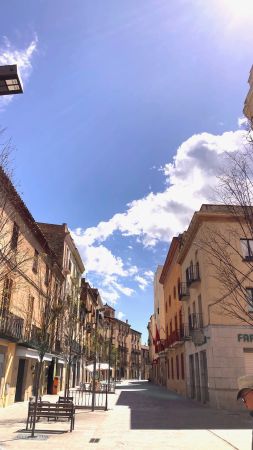
He wrote:
“If you cannot discover the shelter of belonging within your life, you could become a victim and target of your longing, pulled hither and thither without any anchorage anywhere. It is consoling that each of us lives and moves within the great embrace of the earth. You can never fall out of the shelter of this belonging. Part of the reason that we are so lonesome in our modern world is that we have lost the sense of belonging on the earth.”
We can spend our lives coming home to our own selves. If we’re blessed with the luxury of exploring who we are, as we become more at home in our own skins, we ripen. Pining for beauty and fulfilment, we begin to match the inner landscape with an environment that nourishes us. Discovered inner beauty becomes reflected in the place we call home.
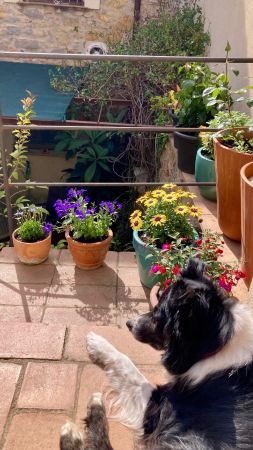
I’ve had the privilege—and the education—of living in many sorts of places over the course of my life.
The first place I lived when I was brought home from the hospital in Rye, New York, where I was born in November ’63, was a small apartment above the local fire station.
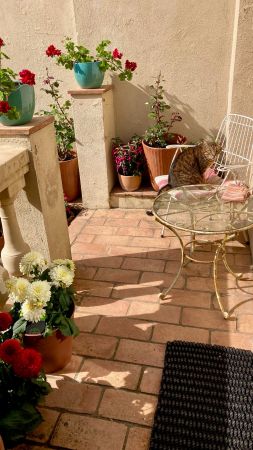
From there we moved to a house on Apawamis* Avenue, where we accommodated my maternal grandmother. After her husband died near their home in Dublin, she travelled to New York, worked as a nurse, and helped to care for me.
When I was four, we lived in a modern house on a hill outside Paris. I’ve mostly happy memories from there: a garden, a family of adopted cats, a French-speaking preschool and neighbours, a big American family of older kids living down the street… climbing trees, adventures that lasted hours. Behind our garden, fields where circus llamas grazed—suburbia on the edge of a magical city.
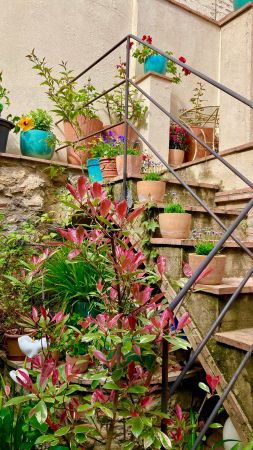
I remember riding on the back of my father’s motorcycle—chatting, being jostled over cobblestones, humming with the vibrations, giggling. The whiff of metal tools and wet sawdust on entering a hardware store…
Then, living near London in a small semi-D opposite a park, across from friends dear to my father. A pub and a sweet shop on the park. Walking to school… and to the dentist.
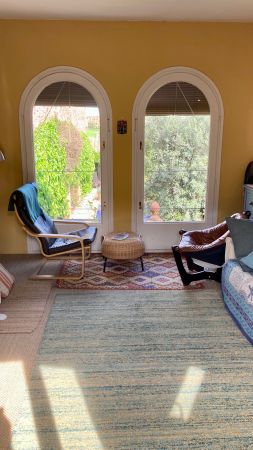
Next, as a family of five, within the humongous walls of a Georgian house where Granny occupied the top floor. It had a basement with an old piano where I tinkled ’70s folk and pop tunes heard on the radio or my parents’ records. Out back, a massive garden overlooked a huge park, and in the distance—a castle(!). A bright playroom with trestle tables, butcher paper, art supplies. An antique car in the garage.
We then moved to the centre of Paris, one noisy avenue away from the Champs-Élysées, where we rented an unusually large duplex apartment—Sistine-style angels painted on the ceiling of a round room with inlaid oak flooring. Memories include visits from family and international friends of all ages; music, poetry, stories, songs. On my way to school I would hold my breath crossing major boulevards. Hoarding all the houseplants in my back room overlooking the quiet inner courtyard, I’d explain to my visitors how plants help us to breathe…

Next was a hunter’s lodge a few kilometres from Versailles, with rich indoor panelling and a large weeping willow in the garden. The whole front of the house was windows, dripping with wisteria in the summer. Bittersweet memories of a first boyfriend, international friends from every walk of life (some still friends), a beloved dog, and my brother’s last bunny.
When I reached my teens, my siblings and our mother moved to County Dublin, renting a home with bay windows and sea views. I made a lifelong friend with whom I share memories of walking into the village and to the bountiful beaches—exposed to the elements in all sorts of weather.
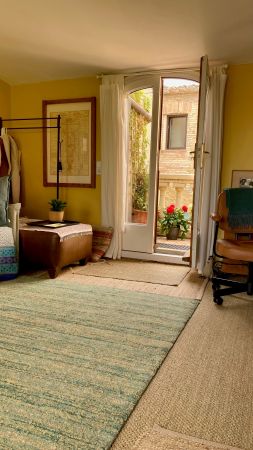
When our parents split up, we three sisters lived with my mum in a semi-D within walking distance of handfuls of cousins, aunts and uncles. My brother went to boarding school and, to make matters sadder, in this smaller house, he had no actual bedroom. Mere blocks from Sinéad O’Connor (as it turns out), I learned to drive and graduated from high school just a few years ahead of her.
BBefore college in Dublin, I returned to Paris for a year—drifting, finding comfort among old friends and new (one of them now an old friend himself).

At university I couch-surfed a little, never too far from home. When our mother re-married and moved abroad, my brother and I stayed behind, remaining within the comfort of extended family. One memorable spring break, my boyfriend Brian and I toured the periphery of Ireland in my 1968 Mini—expanding my sense of home, connecting with my roots.
In the mid-eighties, with scarce work prospects my parents persuaded Brian and I to live for a year in the UK. After a year in a grungy North London flat, gainful employment having ended, we jumped the pond to the US where my citizenship gave me high hopes for employment.
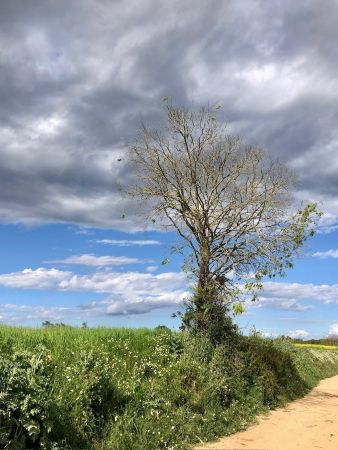
In Seattle we lived in apartments afforded by our minimum wages. Being educated white kids we eventually secured decent jobs, stable accommodation and lasting friendships. Embarked on graduate school just as my now husband followed his calling back to Ireland.
Now 30 years on, I’ve lived in many kinds of houses, ultimately buying my first house with my second husband, Bob. Together we’ve lived in Seattle, British Columbia, the Sonoran Desert, Wicklow (Ireland), and now Girona province in Cataluña.

I’ve lived in urban co-housing, in small towns, in large cities, in suburbia, with acreage on an island off Vancouver Island… Having tried it all out, like Goldilocks, I think I’ve found my “just right” list for creating a healthy sense of home:
A town—larger than a village but smaller than a city. A mix of income levels in the neighbourhood, and multiple cultures. Free healthcare, affordable rent and food. Walkable, bicycle friendly, and accessible to nature. Quiet and private. A garden. Wonderful neighbours and shopkeepers who greet you warmly. Aesthetically pleasing and unpretentious. A place where you’re known, where support is naturally available and appreciated.
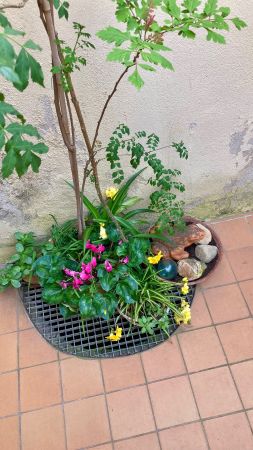
A place with beauty to uplift your spirits. A place where you can be alone, or join others in eating, drinking, celebrating and sharing.
**Apawamis is an area in Rye named by the Native Americans. The name is derived from the words “appoqua” meaning “to cover” and “mis” meaning “the trunk of a tree”—together the name implies “the covering tree”.

How beautiful is that!
Photos by Catriona O’Curry



